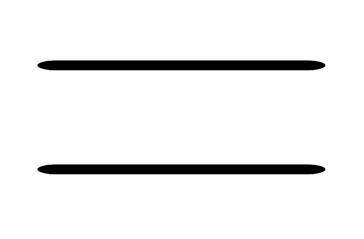Hässlehem

Anders Gustafsson is a property engineer at Hässlehem, a municipal housing company in Hässleholm Municipality that manages residential buildings, elderly care homes, and LSS housing. His work area largely focuses on energy savings and energy monitoring, with a significant part of the work involving heating and ventilation. Continuous monitoring is carried out to identify deviations, such as when a product is not functioning as it should. Follow-ups are also conducted in connection with changes in the properties.
Anders is responsible for projects related to heating and ventilation. Initially, the focus is on improving existing systems. When necessary, new solutions are developed, and the best options are chosen to proceed with.
Currently, he is working on a project where an old school is being converted into an office. To find the best solutions, they use BIM Energy, where they first describe how the property functions in its current state, which then forms the basis for testing various measures and evaluating the results. The project evaluates new solutions for heating, ventilation, and even cooling, which was not present in the original building. The advantage of BIM Energy in this context is that the program simulates all these systems simultaneously, allowing Anders to see the connections between the systems and choose the best solution from both an energy and economic perspective. For the current building, the primary energy number is 117 kWh/m², but after the proposed measures, it is estimated to drop to about 45 kWh/m², despite the new office building having a cooling requirement that did not exist in the old school. One of the most important measures to achieve this improvement was the installation of a geothermal heat pump.
The idea is that all properties should be entered into BIM Energy to get an up-to-date picture of each building’s energy consumption. This makes it quick to identify the most profitable investments during budget work and to quickly come up with measures if something goes wrong.
One of the biggest advantages of BIM Energy, according to Anders, is that the entire energy calculation is presented directly in the program. This means he does not have to worry about quotas and details for primary energy numbers, as the program handles these aspects automatically. Most of the work involves creating an accurate description of the current building if an exact estimate is desired. After that, it is easy and quick to test different measures.
Before he started using BIM Energy, he did the calculations manually. These were not as accurate and were more based on templates and estimates. He calculated the energy needs and used it to estimate the COP expected from a heat pump or the expected energy savings in ventilation, but he did not include the connections between the building envelope and climate variations throughout the year. He also had to manually convert to primary energy numbers. With BIM Energy, he now gets much more precise calculations and also saves time testing different measures. The program also makes it possible to test what measures are required to achieve a desired energy goal, which facilitates the entire planning process.
Previously, Hässlehem often worked with consultants, but Anders now sees that they can do a larger part of the project planning work themselves thanks to BIM Energy.
He is also very satisfied with the collaboration with the BIM Energy team, which he finds engaged and helpful. They have often been proactive in their contact and have taken the time to explain and assist, which has facilitated his work.


